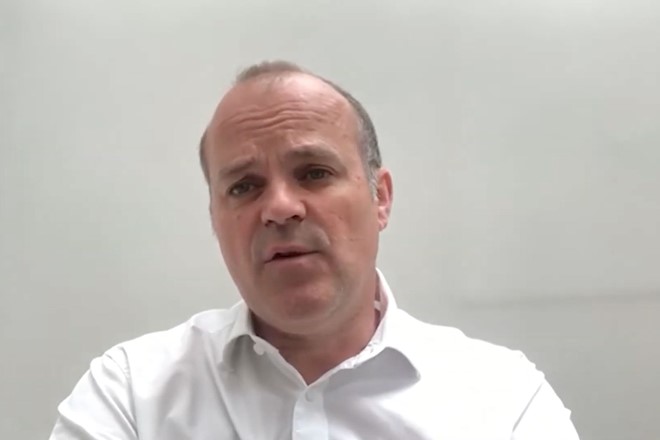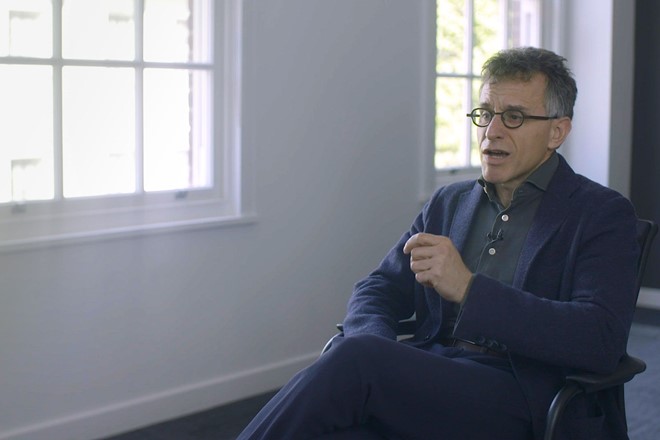
Alex began his career as a member of the Healthcare Investment Banking team at Jefferies, where he worked on a range of financings and mergers and acquisitions across the biotechnology, pharmaceutical and healthcare sectors. He joined Syncona in 2017, and sits on the Board of SwanBio Therapeutics. Alex has a PhD in Immunology from the University of Cambridge.
What role do you think manufacturing plays in investment decisions, specifically with reference to cell and gene therapy?
Pharmaceutical products are defined by regulators on the basis of the manufacturing process. For commercial use, a product must meet the criteria used to assess the product when it was in the late-stage clinical trials that underpin the marketing authorisation. That means that manufacturing is absolutely critical in any therapy, but what differentiates the cell and gene therapy space is the complexity of these products compared to small molecules and even antibodies. This means work needs to begin very early as otherwise the initial clinical data will be generated with a product that isn’t suitable for commercial use – if that happens, you may need to change your processes a lot between first-in-man and pivotal study, you can almost be using a different product, so efficacy and safety may not be clearly predicted from the early clinical work. This would necessitate running bridging studies to assess comparability in the clinic, which can be extremely lengthy due to the process development work required, very expensive, and also risky, in that your ‘new’ product may not perform in the same way as your ‘old’ product – which is exactly the reason the regulator demands you perform the study.
It is also a much bigger challenge to manufacture a cell or gene therapy at scale with reproducibility than small molecules. This is because cell and gene therapies are made in biological systems, which have intrinsic variability, whereas a small molecule is usually chemically synthesised, which allows for much greater control.
Sometimes up to half the headcount of a preclinical or early clinical cell or gene therapy company will be in the Chemistry, Manufacturing and Controls (CMC) function – this means a considerable part of the cash burn is allocated to it, so the investment structure and scale needs to factor that in. It also serves as critical proof-of-concept in the early days of the company: can a therapy be manufactured at the scale expected to be needed? Can the process be made robust? Can it be done at an acceptable cost?
How do you guide your companies in evaluating, negotiating or planning for the costs of Contract Development and Manufacturing Organisation (CDMO) partnerships?
Our portfolio companies work with a variety of Contract Research Organisations (CROs) and CDMOs and through our active investment strategy we see a lot of that work ourselves and are able to compare vendors. This goes beyond cost considerations to reflect our experience with them in other critical areas, such as reliability, capacity, and the treatment of intellectual property.
Our portfolio company CMC teams also speak to each other a lot to understand where they are having issues, be they technical, regulatory, or contractual.
The financial risks of relying on contractors are not materially different from building capabilities in-house – contracting has financial advantages in that there are fewer sunk costs compared to building a facility yourself, but in the long-run it is likely more expensive. Accordingly, we often work with contractors initially to get things off the ground as quickly as possible, and by ensuring we have appropriate access to IP such that we can transfer manufacturing to other sites (including in-house facilities). We find that is usually a good way to prepare for moving to a strategy less reliant on contractors in due course.
In what ways do you see CDMO/biotech partnerships influencing the costs of cell and gene therapy development overall? Do you see these costs going down or increasing over time?
We’ve seen price inflation with CDMOs and we expect this will probably continue due to high demand and constrained supply, probably exacerbated to a degree by the COVID-19 pandemic and the re-orientation of the healthcare system to trying to address it. It is likely both upfront costs and overall cost per contract will increase. We expect CDMOs to continue to invest in scaling their facilities to meet this increased demand, and they have the financial strength to do it given the recent wave of consolidation in the sector.
Compensating for that, manufacturing processes will improve, and scale and yield will go up, such that the price per unit of product manufactured – whatever it happens to be – will eventually come down, depending on the balance of fixed and variable costs involved in its manufacturing. So once you have a marketed product the costs should be substantially lower than when in the clinic, where you’re arguably sub-scale.
What are the main lessons you have learned about successfully planning for the costs of cell and gene therapy manufacturing, if you were to advise others in the space?
I would advise that it may be worth spending an extra one or two years on preclinical development to avoid spending one year in bridging and then an extra two years of clinical study, for example. The decision to prioritise manufacturing early on will often pay dividends in terms of speed to marketing authorisation. On the flip-side, there is a risk of over-investment leading to a mismatch between the cash burn required to support that manufacturing base and the data required to raise capital to support that cash burn. It is not an easy balance to get right, but generally speaking it is probably worth getting the manufacturing in place earlier rather than later.


